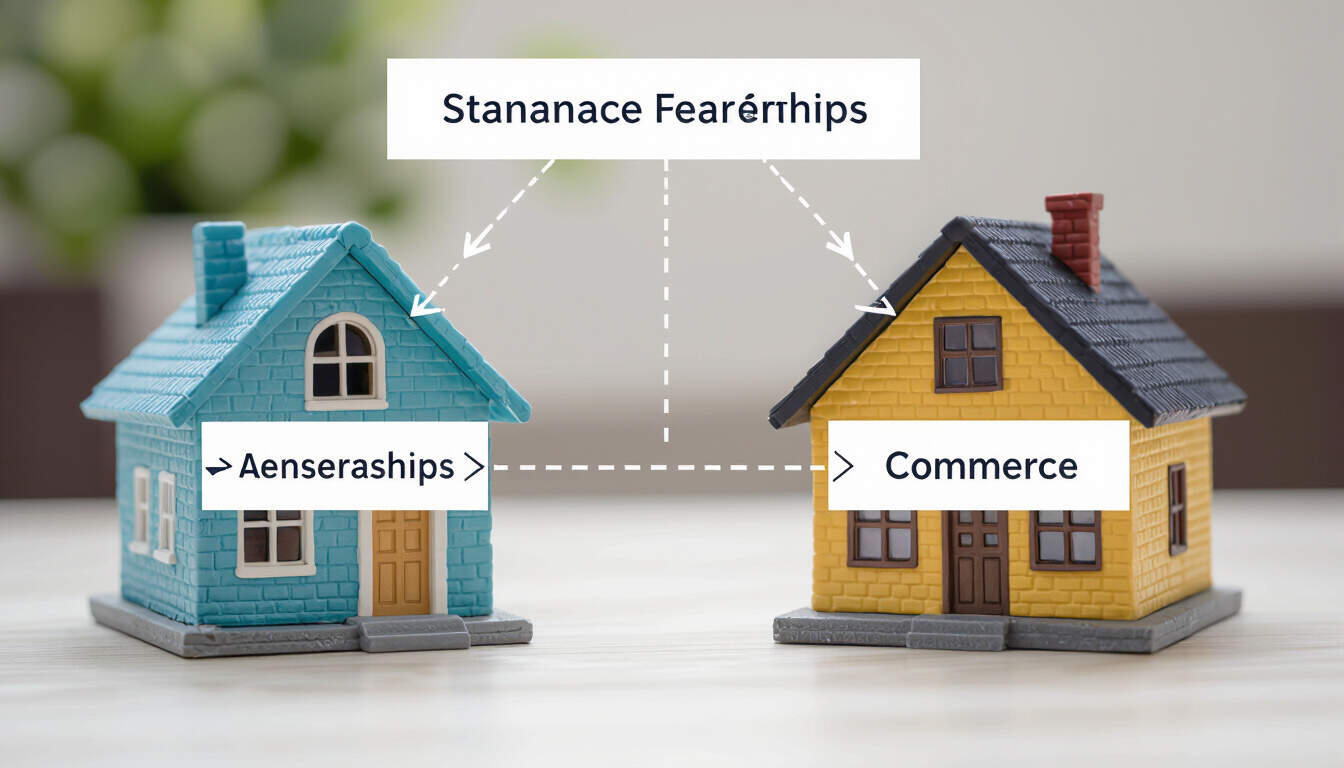E-Commerce Partnerships in Tiny Subscription Models
 by Thaddeus Blanda
by Thaddeus Blanda
Discover how e-commerce partnerships can drive growth for tiny subscription models. This article explores practical strategies for small businesses to collaborate effectively, enhance customer reach, and build sustainable revenue streams in the subscription space.

Subscription commerce has become a key approach for small businesses aiming to create steady income. For tiny subscription models, forming e-commerce partnerships can offer significant advantages. These collaborations allow businesses to expand their offerings without large investments.
Benefits of E-Commerce Partnerships
One major advantage is increased visibility. By partnering with other e-commerce platforms, tiny subscription models can reach new audiences. For instance, a small artisan coffee service might team up with an online marketplace to feature their products. This e-commerce partnerships can lead to higher subscription rates.
Another benefit involves shared resources. Small business owners often face resource constraints. Through partnerships, they can share marketing efforts and logistics. This helps in reducing costs and improving efficiency for tiny subscription models.
Strategies for Building Partnerships
To start, businesses should identify potential partners that align with their values. Look for complementary services that enhance the subscription experience. For example, a health supplement subscription could partner with a fitness app provider.
Effective communication is essential in these arrangements. Setting clear goals and expectations from the beginning ensures smooth operations. Businesses can use tools like shared dashboards to track performance.
Additionally, focusing on customer data can strengthen partnerships. By analyzing subscription data together, partners can refine their strategies. This approach helps in tailoring offerings to meet customer needs.
Challenges and Solutions
While partnerships bring opportunities, they also present obstacles. One common issue is integration difficulties. Different platforms may have varying systems, making it hard to connect. To address this, businesses can opt for simple API connections or third-party tools.
Another challenge is maintaining brand consistency. In a partnership, ensuring that the tiny subscription model's identity remains intact is crucial. Regular check-ins and joint planning sessions can help resolve these matters.
Real-World Applications
Consider a scenario where a niche book subscription service partners with an e-commerce site specializing in educational tools. This collaboration allows the book service to offer bundled deals, attracting more subscribers. Such tiny subscription models thrive through these alliances.
In another case, a craft supply subscription might work with an online artisan community. This partnership enables exclusive access to events and tutorials, boosting engagement and retention.
Measuring Success
To evaluate the effectiveness of e-commerce partnerships, businesses should track key metrics. Subscription growth rates and customer acquisition costs are vital indicators. Regular reviews can help adjust strategies as needed.
Tools like analytics software provide insights into partnership performance. By monitoring these, small business owners can make informed decisions.
Future Outlook
As the subscription economy continues, e-commerce partnerships will likely evolve. Emerging technologies may offer new ways to connect businesses. For tiny subscription models, staying adaptable will be important.
In summary, e-commerce partnerships provide a pathway for growth in tiny subscription models. By leveraging these collaborations, small businesses can achieve greater success and sustainability.
